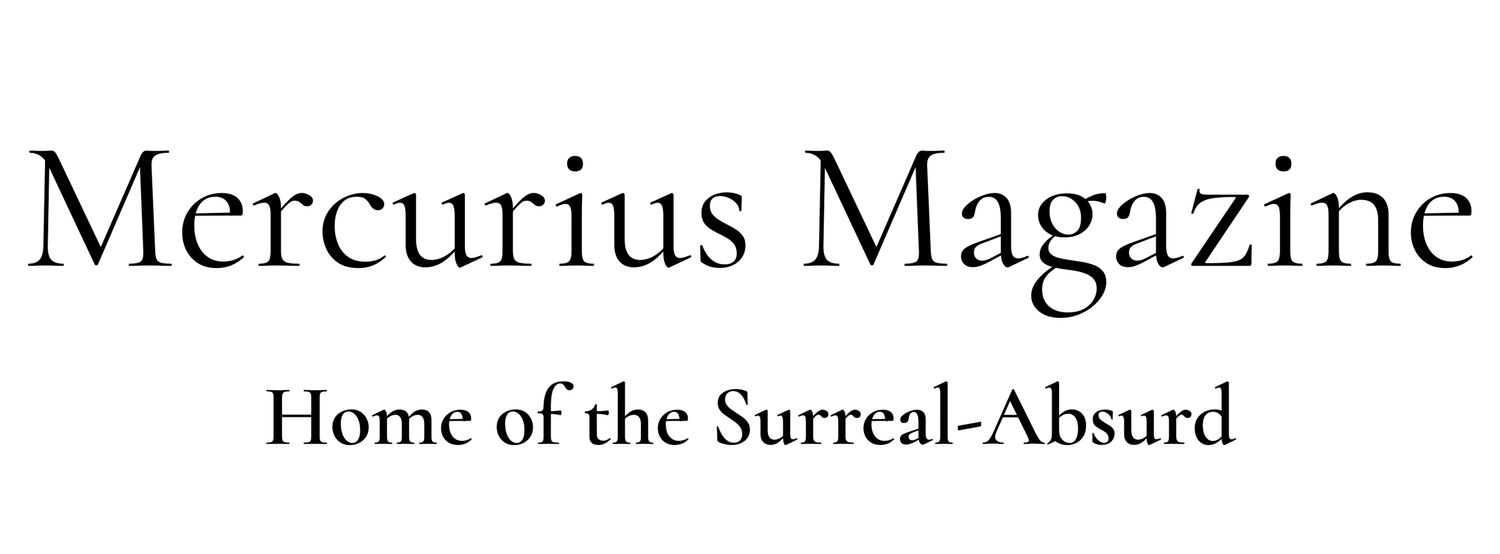He Contains Multitudes: Dylan’s new album keeps the mystery going
Bob Dylan. Jamie MacCleod Bryden
“If someone’s wearing a mask he’s gonna tell you the truth.”
- Bob Dylan, Rolling Thunder Revue Tour
Since he emerged in Greenwich Village as a Woody Guthrie loving troubadour from Minnesota he has been framed as “Folk Saviour Bob”, “Intimate Bob”, “Electric Judas Bob”, “Reclusive Bob”, “Country Bob”, “Breakup Bob”, “Carnival Bob”, “Soul Bob”, “Religious Bob” and so on. As soon as you build up an idea of what he “should be” he changes it for a new mask of his choosing.
This mutability is reflected in Todd Hayne’s biopic “I’m Not There”, in which actors of various ages and genders play his multiple guises. One of his most inscrutable albums was called “Self Portrait”, as if he were toying with his fans for looking for meaning where there is none. His autobiography “Chronicles” is part fiction and knowingly opaque. No one can ever be sure whether his motorcycle accident of 67 actually happened or if he just wanted to step outside the spotlight. Man and myth are almost impossible to disentangle.
It often feels like he plays with his audience for believing in him:
“Judas,” one fan shouted at the Manchester Trade Hall in 65 when Dylan went electric and did not deliver “Folk Bob”as expected.
“I don’t believe you,” he replied.
Everything is always changing. He knows it and we know it. But we don’t want to acknowledge it.
Nowhere is this more apparent when you see him live. For the last 25 years or so he has been on his “Never Ending Tour”. In the audience you will find fans in various stages of appreciation…or denial. The most common are those who want a faithful reproduction of his standards. He will never deliver that. It might only be near the end of a song when you hear a snatched lyric that you realise he’s completely altered one of his well known works beyond recognition.
To enjoy these concerts you either need to feel privileged to be in the same room as “a deity” or salute his bloody-mindedness at wishing to subvert the importance with which the audience imbues these songs. He knowingly dismissed himself as a “song and dance man” when describing himself.
When the radio did a midnight reveal of his latest album “Rough and Rowdy Ways” on Thursday night, it felt like Bob Dylan had made way for the Bob Zimmerman underneath. Transitioning from Mercury to Mercurius. Here was an old friend checking in and leaving his mask at the door. Or is it just another one? One of the new songs is even called “I Contain Multitudes”. One can never be sure, but we are now closer to him than ever before. Whereas older songs like “Desolation Row” featured Ezra Pound and T.S. Eliot “fighting in the captain’s tower”, his new set of songs features characters from his own experience, like the Rolling Stones, although William Blake is mentioned in the same verse.
“Key West” takes us on a journey to an actual place, with reference to real landmarks, such as Truman’s Little White House there. It is a a journey to paradise with him acting as our tour guide. “Murder Most foul” feels like his whole journey in one song too. This literal palette disarms us and makes us love him even more. For toying with us all this time and then letting the mask slip to reveal the wise friend who lets us in – for a moment.
“Dylanologists” devote their life to attaching meaning to his allusion packed songs, but they are probably thinking about them far more than him. He will drown you in references, but that is not the point. We can’t know them all. We have to remain fleet of foot and just roll with the changes. When Dylan described recording “Blonde on Blonde” as an attempt at capturing that “thin wild Mercury sound”, the description was compelling. Listening to him is an ever changing journey and if you stop too long to look at what just passed you’ll miss what’s up ahead.
There is a famous episode where he met Leonard Cohen for coffee in Paris. When Dylan asked Cohen how long it had taken him to write Hallelujah, Cohen underplayed it, saying two years when it had actually taken seven. He then asked Dylan how long “Just like a Woman” had taken. “Fifteen minutes,” he replied. Whether true or not, it feeds the myth and adds to the enigma.
We’ll never know, and that’s the only way he’ll have it. Every mask shows a different shade of truth, though don’t try to distinguish between what’s a mask and what’s not. That’s a fool’s errand.

